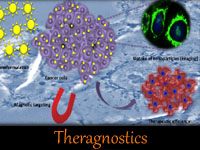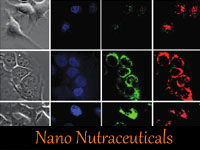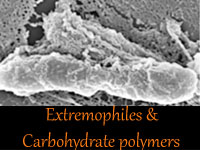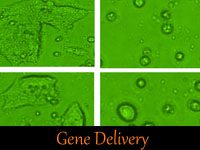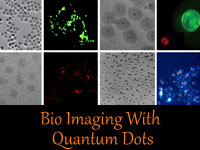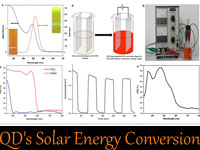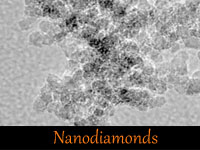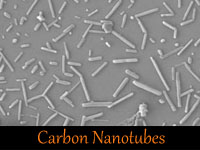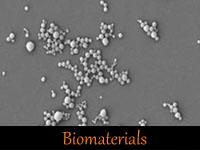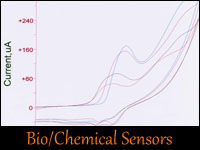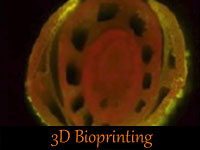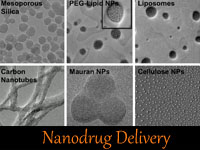


Acetosulfated bacterial cellulose
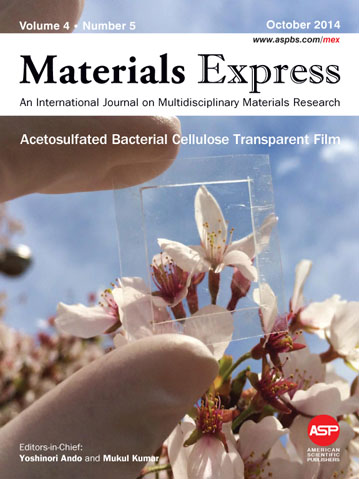 |
| Cover page article: An unexplored promising incipient candidate for highly transparent film, Materials Express 4 (5) (2014) 415-421 |
Extremophiles & Carbohydrate Polymers
Since 1960’s, the pharmaceutical and biotechnological industries areusingdifferent types ofcarbohydrate polymers of natural and synthetic origin for various consumer applications. Naturally occurring plant (algal) & animal polysaccharides are of great therapeutic importance apart from their food and industrial uses. Exploringactive microbial polysaccharidesstarted recently for variety of reasons in the field of biotechnology and nanotechnology. Sulfated polysaccharides (SPS) are polysugars functionalized with sulfate moieties bound to each other via glycosidic linkages. These SPS are of many types that are classified based on several bases. Despite of their chemical composition and structure, most of the sulfated polysaccharides are widely studied for theirphysical, chemical and biological properties. Carbohydrate polymers from microorganisms are receiving continuous attention owing to their wide biological and therapeutic applications. Our current research made a new dimension in the field of bionanotechnology through the introduction of extremophilic bacterial polysaccharides in nanodrug delivery, material and medical science applications [1].
Extremophiles are organisms that can permanently experience and thrive in an environment, which is considered as extreme in comparison to the normal physico- chemical conditions of human cells. Most of the eukaryotic organisms belong to the mesophilic or temperate world; however there are certain exceptions such as fishes, invertebrates, yeasts, fungi and plants, which have partially colonized in extreme habitats characterized by low temperature and/ or of elevated hydrostatic pressure. In general, majority of the extremophiles are prokaryotes, which can survive extreme conditions like high/ low temperatures, pH, salt concentration, hydrostatic pressure, etc.. On the basis of their survival conditions, they have developed unique adaptations, especially at the level of their membranes and macromolecules and affecting proteins and nucleic acids in particular. These groups of microbes can be either from the terrestrial environment or from marine.Halophiles are extremophiles seen under high salt conditions of about 5-25% of NaCl. Halomonas maura and Halomonas eurihalina are two moderately halophilic bacteria, which are capable of producing highly sulfated exopolysaccharide (EPS) residues during their growth. Polysaccharides of extremophilic bacterial origin have remarkably excellent properties that show their better future in the field of nanodrug drug delivery. Biologically active sulfated polysaccharide produced by H.maurais called Mauran (MR) [Fig.1]and it has exceptionally high sulfate content and uronic acid content.
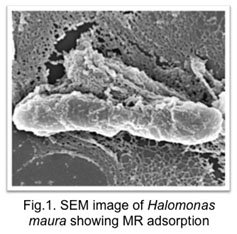 | 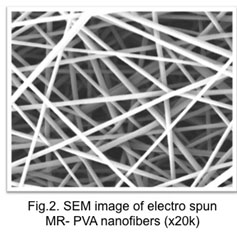 |
 |  |
MR is a high molecular weight acidic polysaccharide with polyanionic nature; thus excellent for binding metal ions. This property has been exploited for stabilizing nanocrystals like quantum dots and gold nanoparticles.On the basis of its rheological behavior like viscoelasticity, pseudoplasticity and thixotrophy, MR has been applied for the synthesis of nanofibers for tissue engineering applications [Fig.2]. MR- PVA based nanofibers are excellent for adhesion, proliferation and differentiation of mammalian cells under In vitro conditions [2]. Similarly, MR nanospheres[Fig.3]synthesized with chitosan blending was demonstrated to be an ideal carrier for anticancer drug delivery with sustained release pattern [3].Biocompatibility and versatility in the physico chemical properties of MR are the key factors that make it different from other conventionally used polysaccharides. Fig. 4 shows the uptake of MR by mouse fibroblast cells showing no cellular damage. Biological properties like antioxidant, antithrombogenic, antihemolytic [4] and antiangiogenic properties were also demonstrated so far. Similarly, H. maura and H. eurihalina were used for the biological reduction of graphene oxide under aerobic and anaerobic condition for the production of highly conductive biocompatible graphene for several applications [5]. Extremophilic research has to be seriously established for bringing new materials and products. Current findings will definitely serve as excellent platforms for developing novel nanostructures and formulations. It is worth mentioning that the only indepletable source of energy and material from the beginning of earth is the ‘extreme’ environment and it will remain the same.
Selected publications
- Pharmaceutically versatile sulfated polysaccharide based bionano platforms. Sreejith Raveendran, Yasuhiko Yoshida, Toru Maekawa, D. Sakthi Kumar. Nanomedicine: Nanotechnology, Biology and Medicine, 2013, 9; 605-626.
-
Biocompatible nanofibers based on extremophilic bacterial polysaccharides from Halomonas maura. Sreejith Raveendran, BrahatheeswaranDhandayuthapani, Yutaka Nagaoka, Yasuhiko Yoshida, Toru Maekawa, D. Sakthi Kumar.Carbohydrate Polymers, 2013, 92; 1225-1233
-
Bacterial polysaccharide based nanoparticles for sustained drug delivery, cancer chemotherapy and bioimaging. Sreejith Raveendran, Aby. C. Poulose, Yasuhiko Yoshida, Toru Maekawa, D. Sakthi Kumar. Carbohydrate Polymers 2013, 91; 22- 32.
-
In vitro evaluation of antioxidant defense mechanism and hemocompatibility of mauran. Sreejith Raveendran, VivekanandanPalaninathan, NehaChauhan, Yasushi Sakamoto, Yasuhiko Yoshida, Toru Maekawa, P. V. Mohanan, D. Sakthi Kumar. Carbohydrate Polymers, 2013, 98; 108- 115.
-
Ecofriendly route for synthesis of highly conductive graphene using extremophiles for green electronics and bioscience. Sreejith Raveendran, NehaChauhan, Yoshikata Nakajima, Higashi Toshiaki, ShunjiKurosu, Yuji Tanizawa, Ryugo Tero, Yasuhiko Yoshida, TatsuroHanajiri, Toru Maekawa, Pulickel. M. Ajayan, AdarshSandhu, D. Sakthi Kumar. Particle & Particle System Characterization, DOI: 10.1002/ppsc.201200126.


